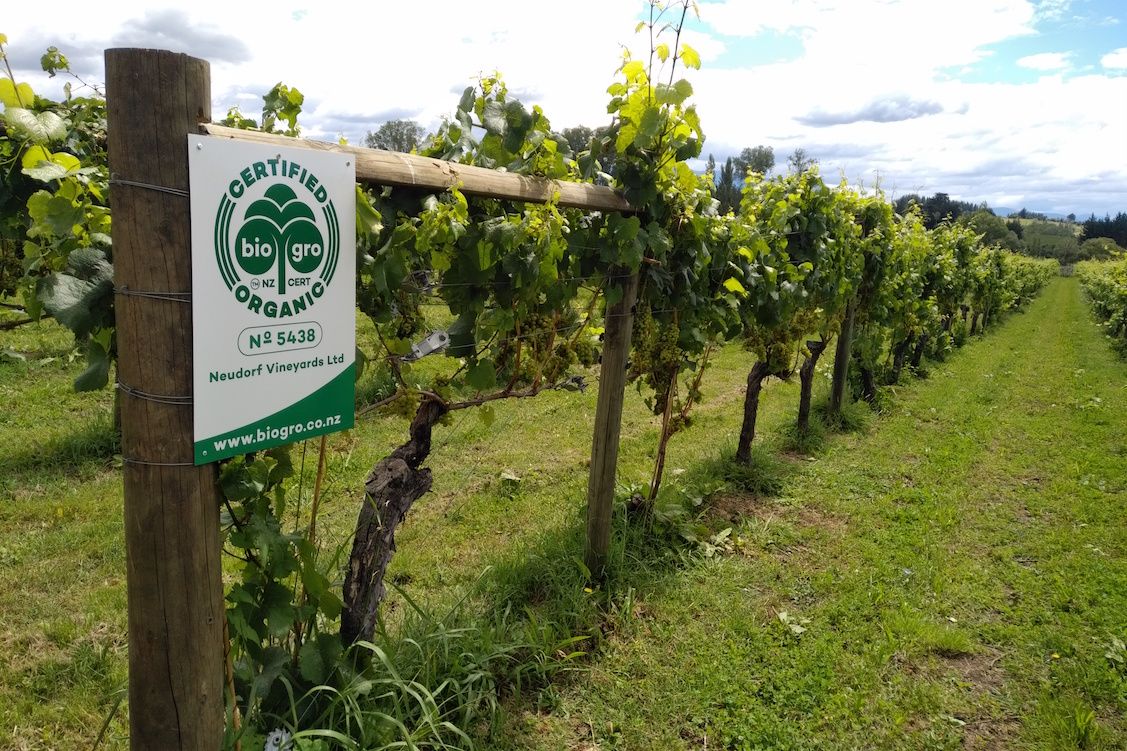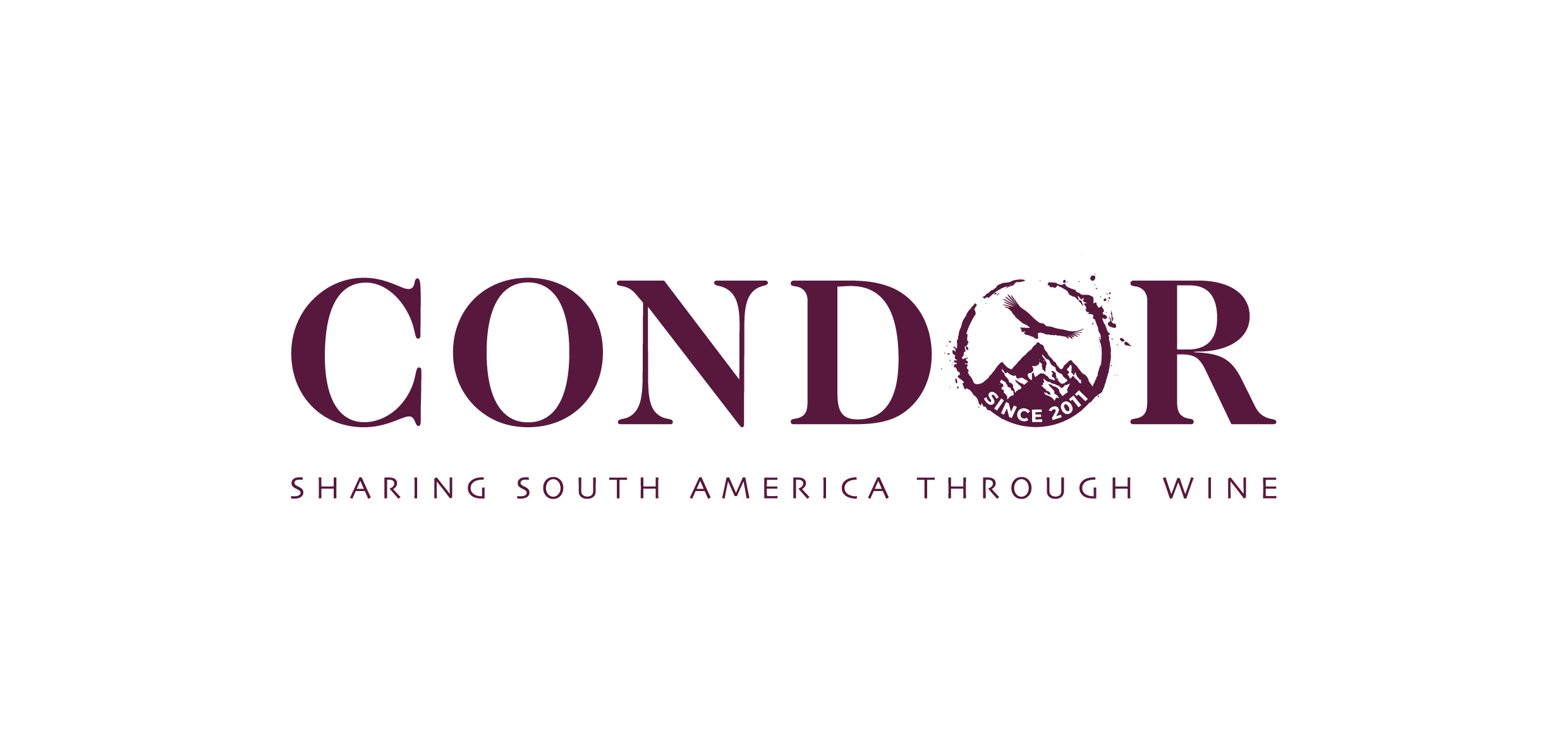Todd Stevens, winemaker and general manager at Neudorf, says that the experiments so far have been a success and that Re-Trunking in the vineyard is a “no-brainer”.

The Finns with winemaker and general manager Todd Stevens
In the Moutere Hills, Nelson, just a few kilometres inland from the sheltered Tasman Bay on the north shore of New Zealand’s South Island, you can find some of New Zealand’s oldest vines. Tim and Judy Finn planted these at Neudorf Vineyards in 1978: their home block will celebrate its 40th birthday this year.
I wonder if the Finns will mark the occasion?
I visited on the day of their 45th wedding anniversary and Judy confessed that she had to be reminded of it.
Unusual for the time, the Finns planted their vines on rootstocks (due to the scarcity of planting materials, many pioneers planted ungrafted, rooted cuttings).
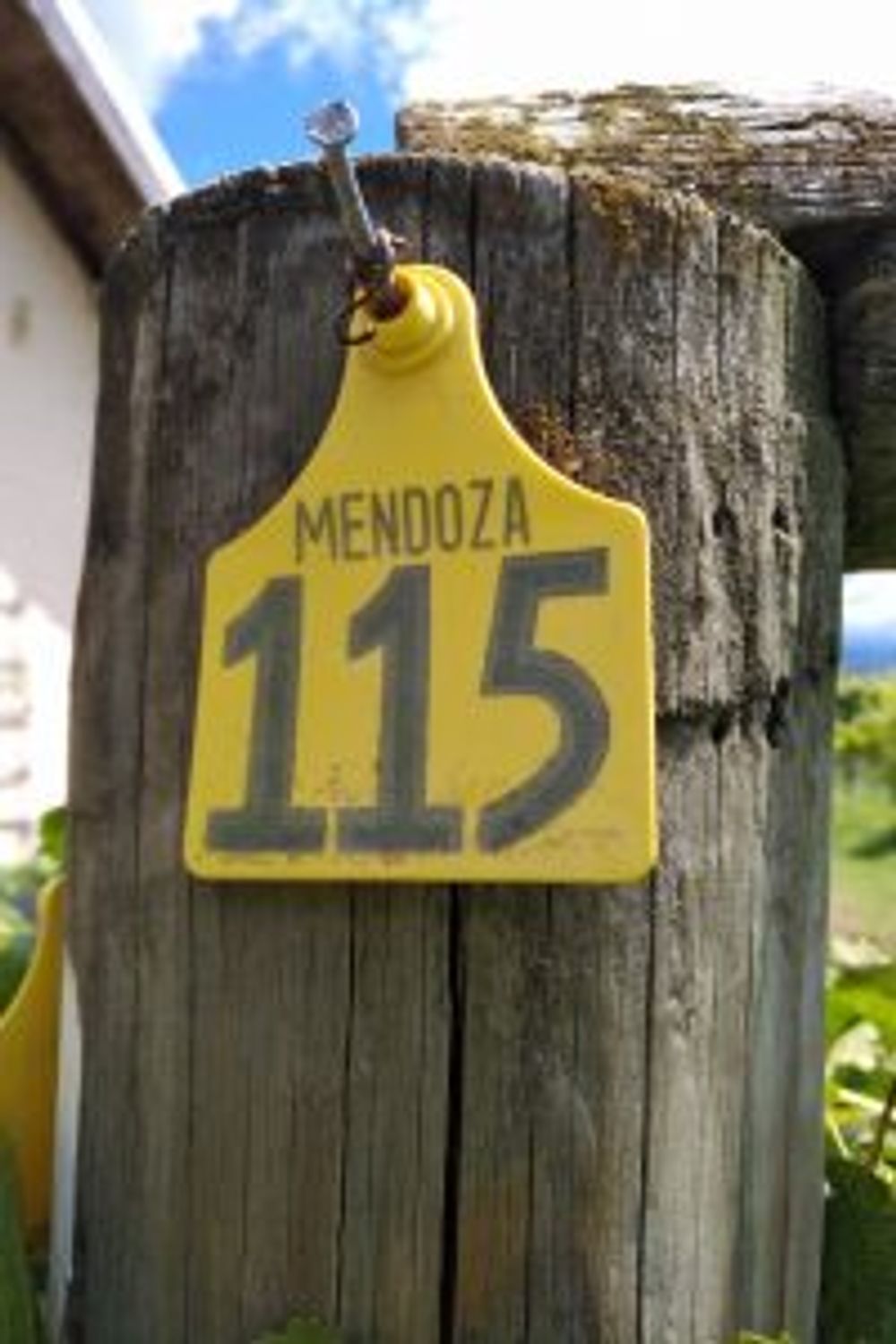
Their rows of Mendoza clone Chardonnay in their Home Block outside the winery thrive: the trunks are thick and mature, the canopies leafy, the fruit well-set. But that is only half of it: the other half of the vines is below the soil and by now a well-established, very precious network of roots and mycelia that can be dry farmed on the clayey gravel soils of the Upper Moutere.
But these one-time pioneers are at it again – putting the innovative idea of “re-trunking” into practice. They are going for it.
“This is no experiment,” says Todd Stevens, general manager and winemaker at Neudorf. “We’re just doing it.”
I have a feeling that we shall hear a lot more of re-trunking as this practice allows the renewal of a vineyard while preserving its precious root systems.
What is Re-Trunking?
Todd Stevens explains that Re-Trunking consists of allowing a new shoot to grow from the base of the vine, crucially this must come from above the graft. The new shoot is thus a shoot of the clone and not a sucker from the rootstock. This shoot is allowed to grow and trained straight for a year.
During winter pruning this new shoot will take over as the new trunk, while the gnarly, old trunk is removed. The new, slender trunk will then bear the fruiting canes. Unlike a newly-planted vine which usually replaces old or sick vines in an established vineyard, this new shoot benefits from the same established root-network and will bear good fruit right away.
In the Neudorf vineyard, there is no visible difference in canopy or fruit set between an old vine and a re-trunked vine. “You don’t spend two to three years without a crop,” Stevens says but notes that the new trunk is started out with just one rather than two fruiting canes in order not to overburden it.
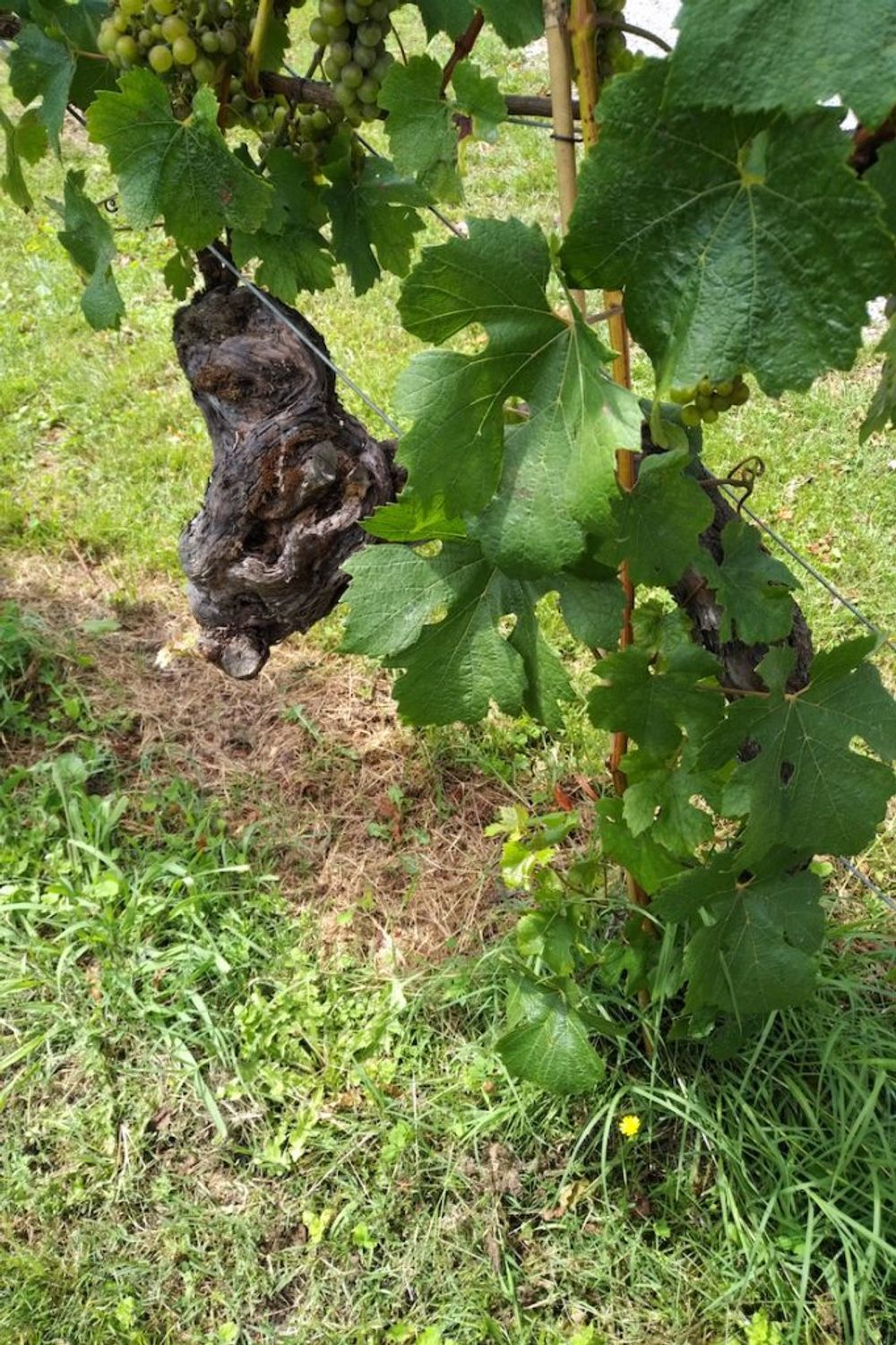
The old trunk here bears the signs of pioneering viticulture across its 40-year life: at first it was trained in a German-style ‘pendelbogen’ system, then as a divided Scott-Henry system and now finally in a modern, two-cane vertical shoot positioning (VSP) system.
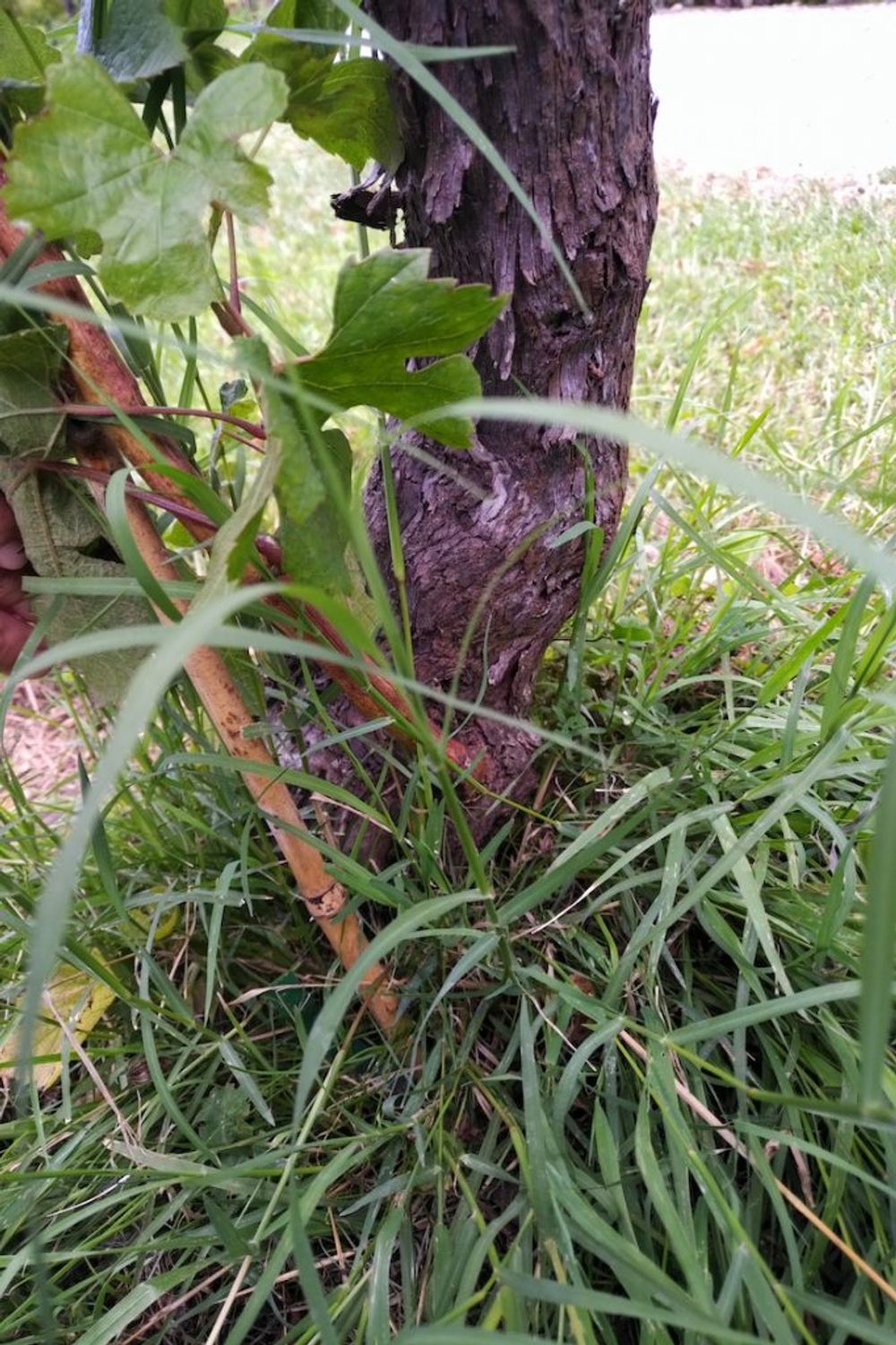
The new shoot being trained straight from the base will become the new trunk next year.
“In a funny way it’s almost a coming-of-age story in that we now see some of these vines the Old World has been dealing with,” Stevens says. “We’ve been a fan of preserving our root system. It really is the engine room of the vine. In this instance, Re-Trunking is a no-brainer. We’ve been doing it since last year; we’re still finding our way but it is showing benefits.”
Stevens also notes that the new cane will have much improved vascular flow and that pruning in the future will also pay respect to this, avoiding the build-up of dead scar-tissue.
“We’re getting our trunks nice and straight to facilitate better management in the vineyard. We’re cutting out any disease, we generate new, fresh wood, keeping our root system and prolonging the life of our plants,” Stevens explains.
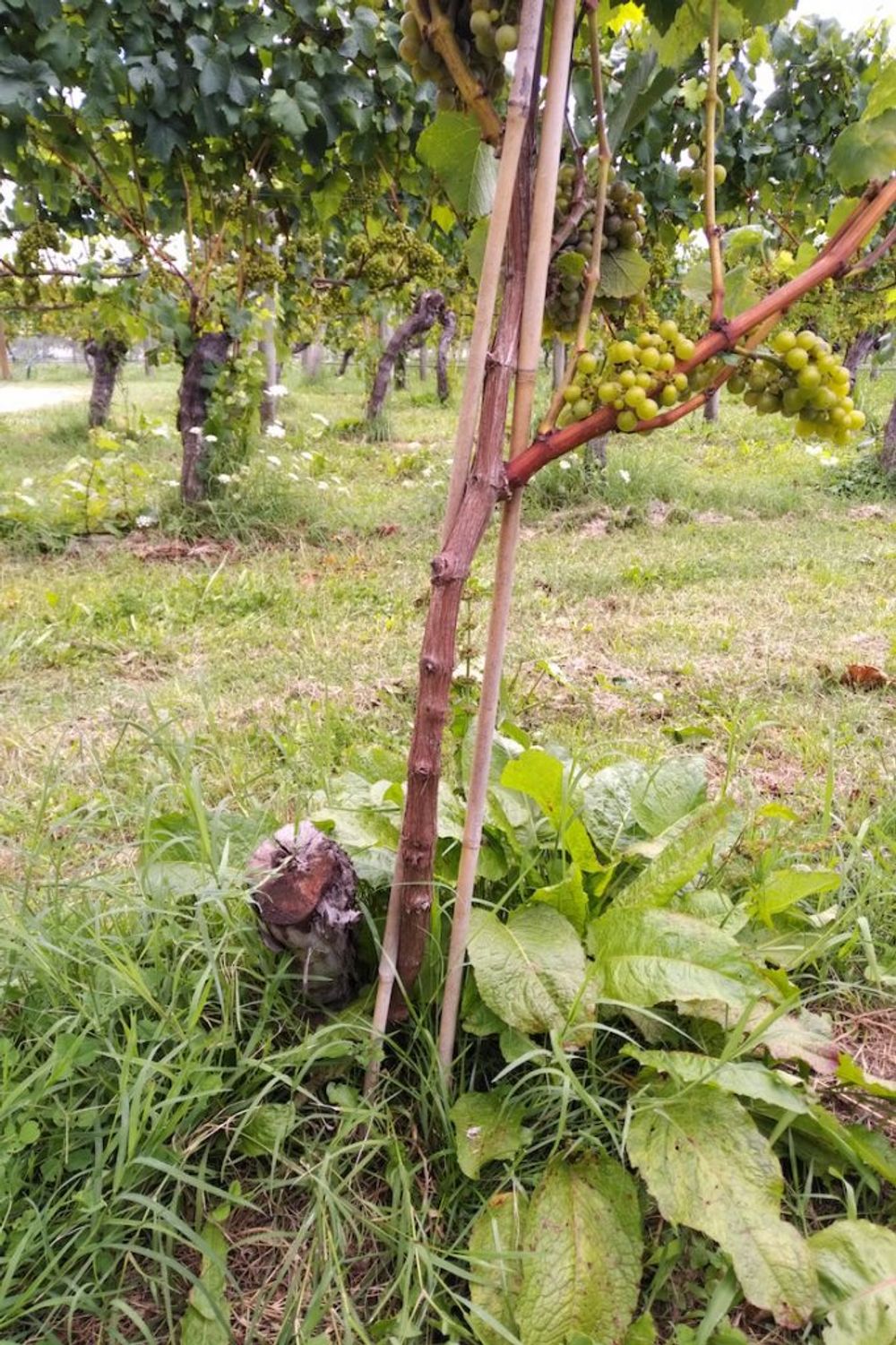
A Re-Trunked vine with its old trunk as a stump and its one new fruiting cane.
Neudorf has the odd vine that was Re-Trunked some years ago as an experiment. “There does seem to be a better balance to the vine,” says Stevens. “It’s the right thing to do. In a way we are preserving our history with these old roots.”
While Re-Trunking at Neudorf is about renewal, rejuvenation and preservation, this new practice may have far wider benefits.
Scientists like Dr Richard Smart believe that it may be a solution to the intractable and devastating problems caused by grapevine trunk diseases.
“My belief is that trunk renewal will fill that role, just as the use of grafted grapevines led to control of phylloxera,” Smart wrote in 2015[1].
Most of New Zealand’s vineyards are comparatively young. A quick look at the statistics makes clear how recent most plantings are. In 1995 there were just 6,110ha of vines in all of New Zealand[2] – in 2017 there were 37,129ha[3]. Most of this remarkable growth happened after the turn of the millennium, really old vines are rare and grapevine trunk disease may not be at the forefront of growers’ minds.
However, grapevine trunk disease is as much a concern in New Zealand as it is in the rest of the world: “Eutypa and botryosphaeria dieback are emerging as major trunk diseases of grapevines of New Zealand, threatening the long-term sustainability of vineyards,[4]” wrote Sosnowksi and Mundy last year in the New Zealand Winegrower magazine.
More research is needed to assess the full possibilities of Re-Trunking but what can be seen at Neudorf is promising.
As Stevens says: “For us, for our old Moutere Chardonnay, it is absolutely worth it.” How true!
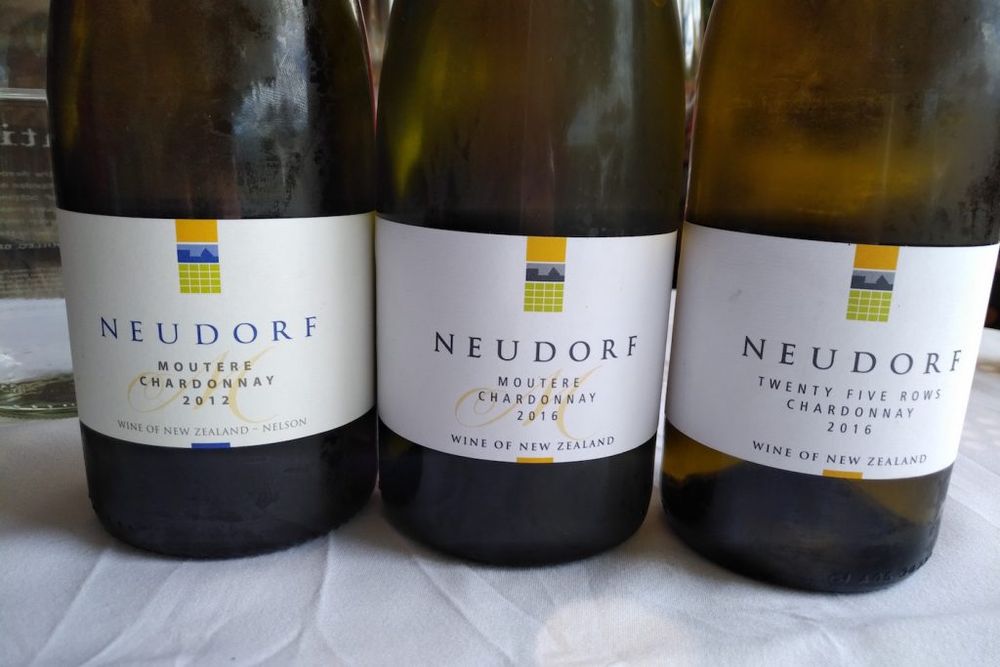
[1] https://www.winesandvines.com/features/article/158446/Timely-Trunk-Renewal-to-Overcome-Trunk-Disease
[2][2] https://www.nzwine.com/media/2119/areport_2005.pdf
[3] https://www.nzwine.com/en/news-media/statistics-reports/vineyard-reports/
[4] https://issuu.com/ruralnewsgroup/docs/wg99_aug-sep_2016/140 – New Zealand Winegrower, Issue 99, page 149
